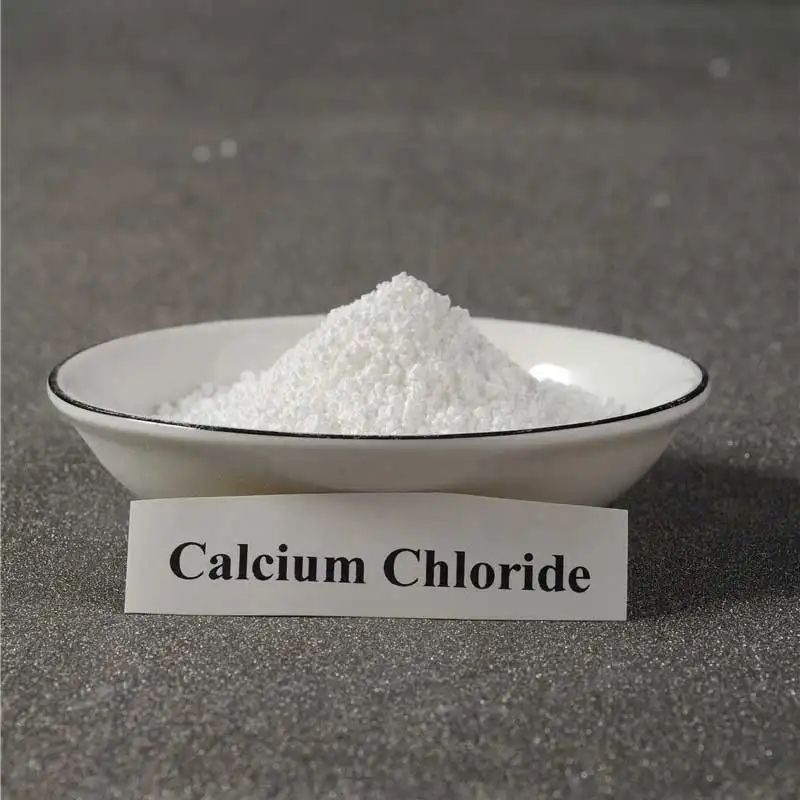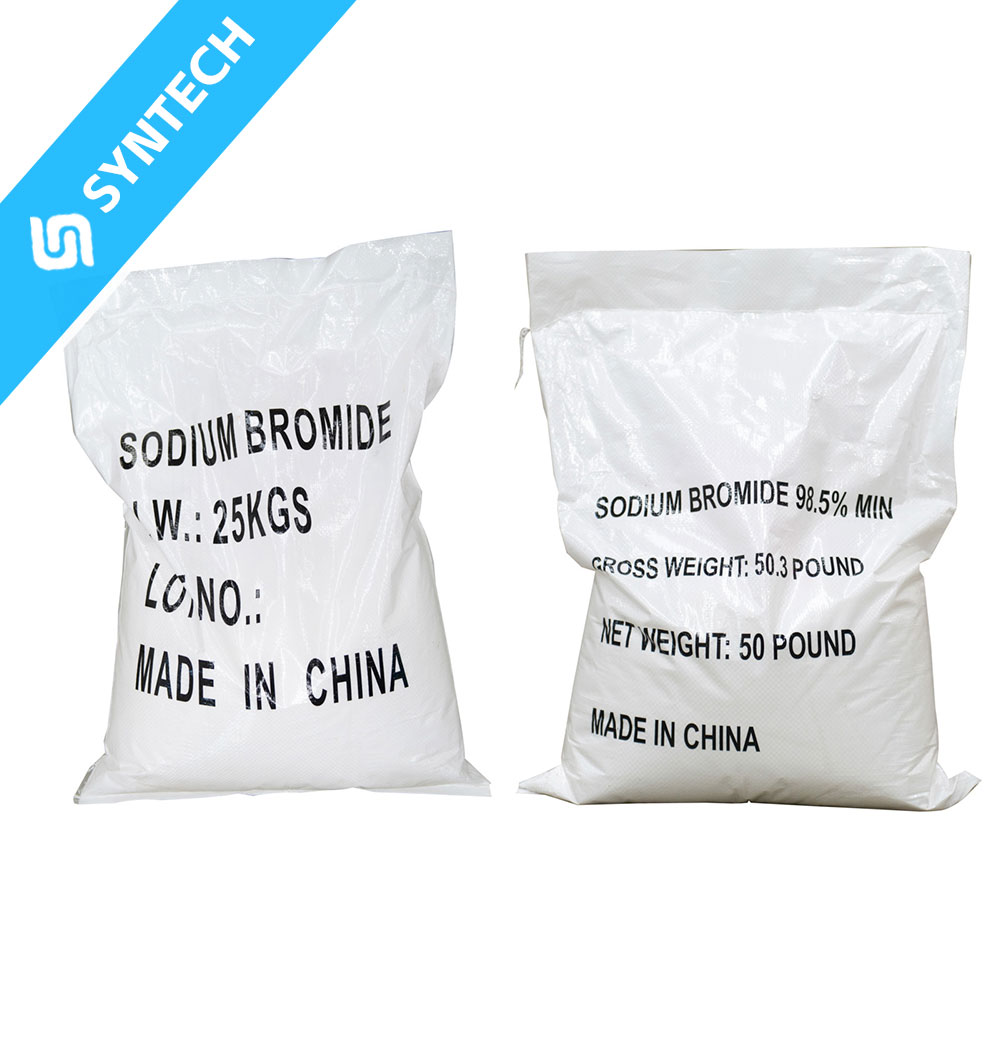The core factors affecting the stability of Sodium Methallyl Sulfonate (SMAS) essentially stem from the interaction between its molecular structural characteristics (containing carbon-carbon double bond C=C and sodium sulfonate group -SO₃Na) and the external environment (chemical/physical conditions). The unsaturation of the double bond makes it susceptible to oxidation, polymerization, and other reactions, while the ionic nature of the sulfonate group is sensitive to pH and impurity ions. Specifically, these factors can be divided into two categories: chemical environmental factors and physical environmental factors. The influence mechanisms and specific manifestations of each factor are as follows:
I. Chemical Environmental Factors: Directly Acting on SMAS Functional Groups to Trigger Degradation or Structural Changes
1. Temperature: Accelerating Thermal Polymerization and Thermal Decomposition
The carbon-carbon double bond (C=C) of SMAS is unsaturated, and it is prone to thermally initiated self-polymerization or thermal decomposition at high temperatures, which is a key factor affecting its stability:
- Thermal polymerization: When the temperature exceeds 60°C, the C=C in SMAS molecules is easily thermally activated, undergoing slow self-polymerization (even without external initiators) to form low-molecular-weight oligomers. This is manifested as increased viscosity of the SMAS solution, the appearance of flocculent precipitates, or caking of solid SMAS (which cannot be completely dissolved), directly losing monomer activity.
- Thermal decomposition: When the temperature exceeds 200°C (the thermal decomposition threshold of SMAS), the sodium sulfonate group (-SO₃Na) may break, releasing SO₂ gas, while the C=C undergoes oxidative cleavage to generate by-products such as methacrylic acid and sodium sulfate. This leads to a sharp drop in SMAS purity, making it unusable for subsequent copolymerization reactions (e.g., oilfield polymer synthesis).
Example: If SMAS is stored outdoors in summer (ambient temperature reaching 35-40°C), the self-polymerization rate can exceed 10% within one month; if the temperature is improperly controlled during the drying process (e.g., exceeding 220°C), SMAS will turn yellow significantly and emit an odor (SO₂), with purity dropping from 99.5% to below 90%.
2. pH Value: Affecting the Stability and Solubility of Sulfonate Groups
The -SO₃Na group of SMAS is a strongly ionic functional group, sensitive to the pH of the system. Extreme pH values can destroy its ionic structure or solubility:
- **Strongly acidic conditions (pH < 2)**: The sulfonate group (-SO₃⁻) combines with H⁺ to form free sulfonic acid (-SO₃H), i.e., “methallylsulfonic acid”. The water solubility of this substance decreases significantly (solubility at 25°C drops from >300 g/L for SMAS to <50 g/L), leading to stratification of the SMAS solution and precipitation of oily liquids. At the same time, the acidity of the free sulfonic acid can corrode equipment, and it cannot participate in copolymerization as an anionic monomer (losing charge characteristics).
- Strongly alkaline conditions (pH > 12): Although -SO₃Na is stable under strong alkalinity (no hydrolysis), high concentrations of OH⁻ may attack the C=C, triggering a “double bond hydroxylation reaction” to generate methallyl alcohol (HO-CH₂-C(CH₃)=CH₂). This impurity consumes the initiator in the polymerization reaction, reducing the molecular weight of the copolymer (e.g., the viscosity of the oilfield oil displacement agent drops from 1500 mPa·s to 800 mPa·s).
Applicable range: The stable pH range of SMAS is 3-11. Within this range, -SO₃Na remains in an ionic state, and no obvious side reactions occur on the C=C, making it suitable for aqueous polymerization or oilfield fluid systems.
3. Oxidizing Agents and Reducing Agents: Destroying the Carbon-Carbon Double Bond Structure
The C=C of SMAS is a typical unsaturated bond, which easily undergoes addition or cleavage reactions with oxidizing/reducing substances, leading to structural damage:
- Oxidizing agents (e.g., KMnO₄, H₂O₂, Cl₂): Oxidize the C=C to form epoxy groups or carboxylic acid groups. For example, if sodium hypochlorite (a bactericide commonly used in oilfields, containing ClO⁻) is mixed into the SMAS solution, it will quickly oxidize the C=C to “3-sulfonic acid methacrylic acid”. This substance has no polymerization activity, directly causing the failure of subsequent copolymerization reactions (e.g., the drilling fluid fluid loss reducer cannot form an effective polymer, resulting in excessive fluid loss).
- Strong reducing agents (e.g., NaBH₄, excessive sodium sulfite): Although they do not directly cleave the C=C, they react with trace impurities in SMAS (e.g., aldehydes) to generate reductive free radicals, indirectly triggering abnormal polymerization of the C=C (e.g., increased low-molecular-weight oligomers), which affects the performance uniformity of the copolymer.
Note: In oilfield applications, SMAS should avoid direct mixing with “oxidizing bactericides” and “strongly reductive oxygen scavengers”. They should be dosed at intervals or compatible additives (e.g., non-oxidizing bactericide isothiazolinone) should be selected.
4. Impurity Ions (Especially Metal Cations and Heavy Metals): Catalyzing Degradation and Polymerization
If industrial-grade SMAS retains raw material impurities (e.g., methallyl alcohol) or metal ions (Fe³⁺, Cu²⁺, Ca²⁺), it will significantly accelerate its degradation or abnormal polymerization:
- Metal cations (Fe³⁺, Cu²⁺): Acting as “redox catalysts”, they can activate oxygen in the air, triggering “free radical oxidative degradation” of the C=C. For example, when the Fe³⁺ content in SMAS exceeds 50 ppm, even at room temperature (25°C), the oxidation rate of C=C can reach 15% within one week, manifested as the solution color changing from colorless to light brown and purity decreasing.
- Ca²⁺, Mg²⁺ (high-salt environments): Although they do not directly damage the SMAS structure, they form “ion pairs” with -SO₃⁻ (e.g., (-SO₃)₂Ca), reducing the water solubility of SMAS. For example, in oilfield high-salt formation water (Ca²⁺ concentration > 1000 mg/L), the solubility of SMAS drops from 300 g/L to below 200 g/L, which may lead to insufficient monomer concentration during polymer synthesis and affect the viscosity of the product.
- Organic impurities (e.g., methallyl alcohol, formaldehyde): Undergo addition reactions with C=C to generate non-polymerizable derivatives. For example, SMAS with 1% residual methallyl alcohol will cause a 20% decrease in the salt resistance of the copolymer during copolymerization (e.g., the viscosity retention rate of the oilfield oil displacement agent at a salinity of 10×10⁴ mg/L drops from 90% to 70%).
II. Physical Environmental Factors: Indirectly Accelerating Chemical Degradation and Destroying Morphological Stability
1. Light (Especially Ultraviolet Light): Triggering Photopolymerization and Photooxidation
SMAS is sensitive to ultraviolet (UV) light, and light exposure activates the “photochemical reaction” of the C=C:
- Photopolymerization: UV energy can break the π bond of C=C to form free radicals, triggering SMAS self-polymerization. For example, when solid SMAS is stored outdoors (exposed to direct sunlight), a hard polymerized layer gradually forms on its surface, making it insoluble; when the SMAS aqueous solution is placed in a transparent storage tank for one week (cumulative UV exposure > 10 h), the self-polymerization rate can reach 8%, with a significant increase in viscosity.
- Photooxidation: Light exposure also accelerates the reaction between oxygen and C=C, generating peroxides (e.g., ROOH), which further decompose into impurities such as aldehydes and ketones. This leads to a decrease in SMAS purity, and peroxides interfere with subsequent polymerization reactions (e.g., reduced initiator efficiency and fluctuating copolymer molecular weight).
Protective measures: SMAS should be stored in brown light-proof containers or wrapped with light-shielding layers outside the storage tanks; aqueous solutions should avoid transportation through transparent pipelines.
2. Humidity and Moisture: Causing Moisture Absorption, Caking, and Hydrolysis (Indirect Impact)
As a sodium salt, SMAS has a certain hygroscopicity, and high-humidity environments damage its morphological stability:
- Moisture absorption and caking: When the ambient humidity exceeds 60%, solid SMAS absorbs moisture from the air, forming lumpy agglomerates. Although caking itself does not indicate chemical degradation, the dissolved speed of caked SMAS slows down (from 30 minutes to more than 2 hours), and the internal part of the lumps may accelerate the catalytic reaction of trace impurities (e.g., oxidation initiated by Fe³⁺) due to local moisture enrichment.
- Indirect hydrolysis: If the moisture contains acidic or alkaline impurities (e.g., rainwater with pH ≈ 5.6, containing CO₂), long-term contact will slowly trigger the hydrolysis reaction of C=C. For example, damp SMAS stored for 3 months will detect 0.5% methacrylic acid (hydrolysis product), affecting copolymerization activity.
Storage requirements: Solid SMAS should be sealed in a dry environment (humidity < 50%) and packaged with water-proof materials (e.g., kraft paper bags lined with polyethylene); aqueous solutions should be prepared and used immediately, or 0.1% preservative (e.g., sodium benzoate) should be added to prevent microbial growth (microbial metabolites may change pH).
III. Conclusion: Core Control Conditions for SMAS Stability
To maintain the chemical stability (purity, polymerization activity) and morphological stability (solubility, no caking) of SMAS, the following factors should be focused on:
- Temperature: Storage temperature < 30°C, processing temperature < 180°C (to avoid thermal decomposition);
- pH value: Control the pH of the use and storage system between 3-11, avoiding strong acids and alkalis;
- Chemical compatibility: Keep away from oxidizing agents, strong reducing agents, and heavy metal ions (Fe³⁺, Cu²⁺ < 10 ppm);
- Physical environment: Protect from light (brown containers), keep dry (humidity < 50%), seal solids, and prepare aqueous solutions for immediate use;
- Purity control: Test the purity of SMAS before use (purity ≥ 99.5%) and remove organic impurities and metal ions.
These control measures can effectively extend the shelf life of SMAS (12 months for solids, 7 days for aqueous solutions) and ensure stable application effects in oilfield polymerization (e.g., drilling fluids, oil displacement agents).






